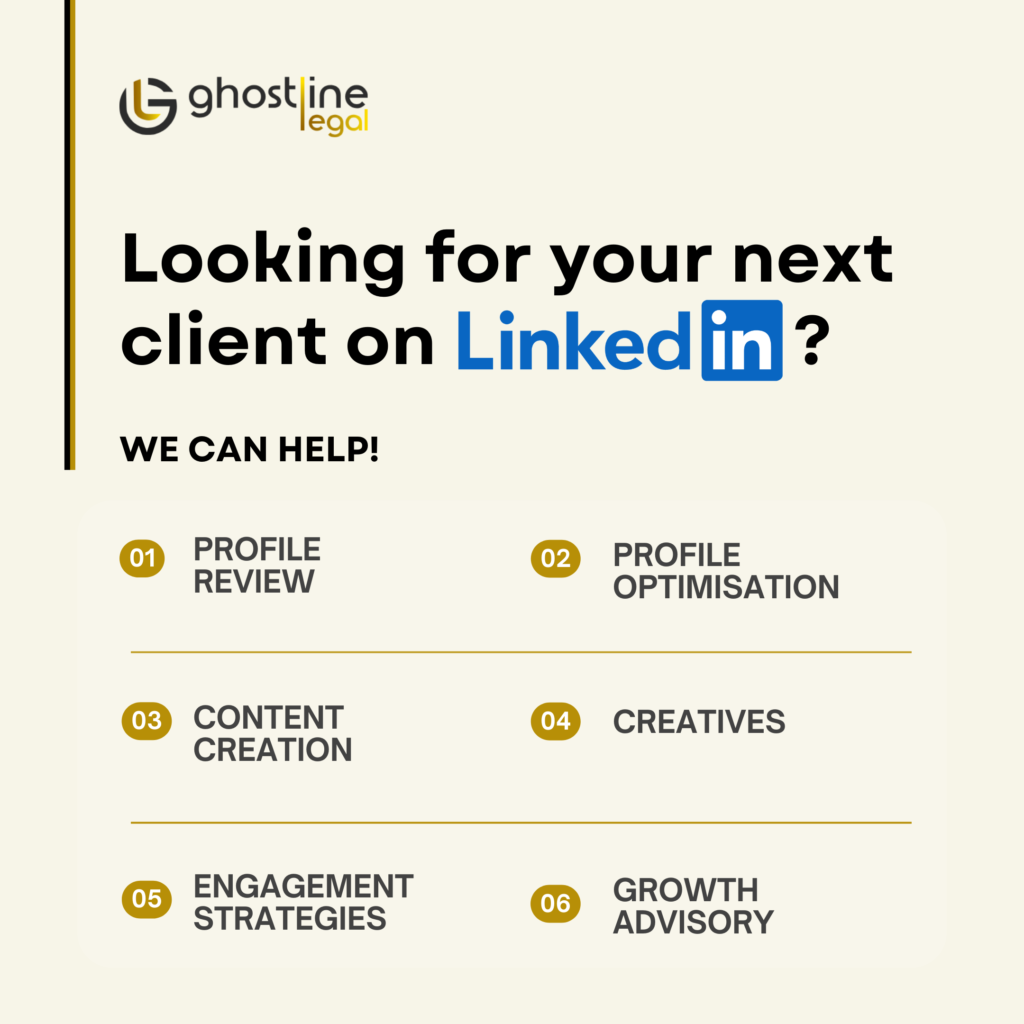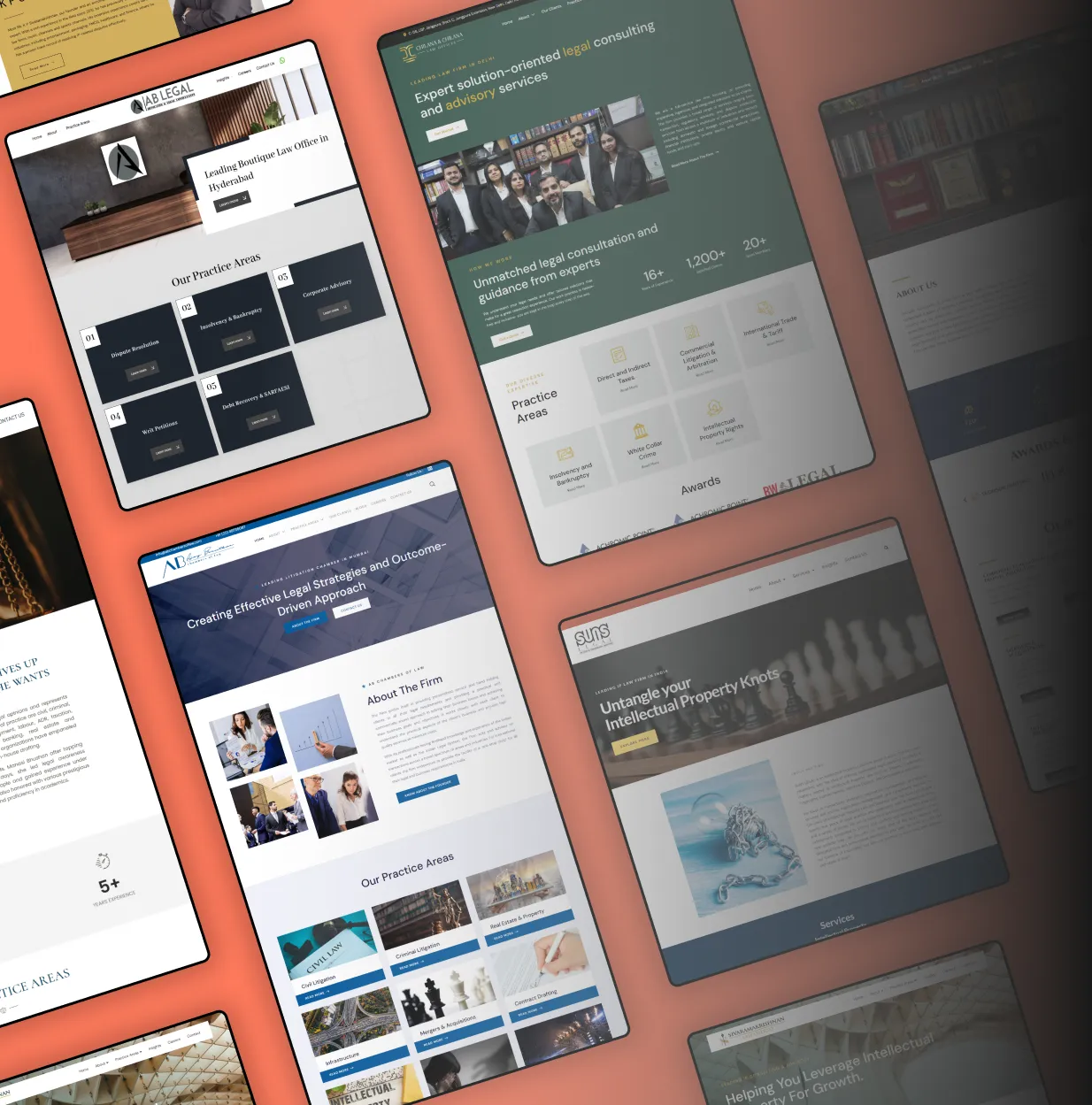This article has been authored by team Ghostline Legal.
When was the last time someone actually read your law firm’s annual report from start to finish?
If your answer is “I’m not sure,” or “probably never,” you’re not alone.
Most law firms still treat their annual reports like they’re stuck in 2008: polished, carefully laid out, and exported as a 40-page PDF buried three clicks deep on their website. It looks good. But let’s face it — it’s not doing much for you.
Now, imagine if that report lived on a dedicated landing page. Easy to find. Easy to navigate. Easy to share.
That’s not just a formatting change. It’s a shift in how your firm tells its story — and how your audience experiences it.
So, What’s Wrong with the PDF?
Nothing — if we’re living in a print-first world.
But we’re not. People skim. They scroll. They tap, swipe, search, and share. A PDF isn’t built for any of that.
Here’s where PDFs fall short:
They’re hard to read on mobile. Most visitors won’t pinch-zoom their way through pages of tightly packed text.
They’re not searchable. Want to find out how your firm performed in litigation last year? Good luck Ctrl+F-ing a 30MB PDF.
They’re rarely shared. PDFs don’t go viral. They don’t get bookmarked. And no one’s dropping them in a WhatsApp chat saying, “Check this out.”
They’re SEO dead zones. Search engines can’t easily index your PDF’s content. Which means all that effort? Invisible online.
So yes — your PDF looks nice. But it’s mostly invisible, inaccessible, and ignored.
What a Landing Page Does Differently
A landing page brings your report to life. It turns a static document into an interactive experience.
Here’s how:
1. It tells a story, not just stores information
With a landing page, you don’t have to follow a linear, page-by-page format. You can design a narrative that flows visually and emotionally — weaving numbers, achievements, and stories together in a way that’s actually enjoyable to scroll through.
2. It’s built for all devices
Whether someone’s viewing it on a laptop, tablet, or phone, a landing page adjusts. Your most important updates stay readable, clickable, and clean — without the user needing to zoom in or download anything.
3. It makes data digestible
Don’t bury key metrics in tables. Show them in charts. Use icons. Let numbers stand out with white space. With a landing page, you can design with intent — helping users see what matters most, faster.
4. It opens the door to interaction
Want to include a client spotlight? Add a short video. Want to let visitors dig deeper into a practice area? Link them to a service page. Want to track what sections people read most? You can.
PDFs don’t do that. Landing pages do.
Real Impact: Why This Shift Matters for Law Firms
Still wondering if it’s worth the effort? Here’s why going digital-native with your annual report isn’t just a trend — it’s practical:
Showcase your expertise clearly: A landing page lets your best wins shine without being buried in a sea of text.
Support business development: When prospects visit your site, an engaging report builds credibility and trust.
Boost media mentions: Journalists can easily quote, screenshot, or link to specific sections.
Improve internal morale: Your team can take pride in sharing something they know will be seen, not skipped.
Plus, let’s not forget — most GCs, in-house counsel, and legal media don’t have time to read dense documents. A clean, skimmable, well-designed landing page helps them get what they need, without friction.
Want a standout legal brand? Get in touch with us!








